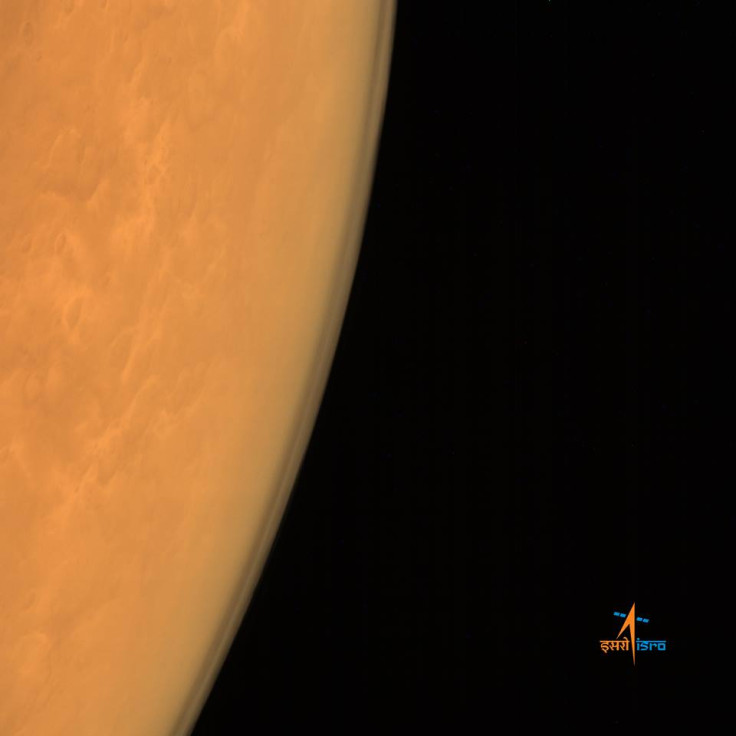Indian Space Scientists Working on Indigenous Semi Cryogenic Engine Suited for Space Flights

Buoyed by the success of its Mars Orbiter Mission (MOM), Indian space scientists are now looking ahead to completing the last stages in developing a semi-cryogenic engine which can be used for human space flights.
Going low cost again, the engine will use liquid oxygen and kerosene, in place of liquid hydrogen, and cost around £250m (Rs 2500 crore).
The design of the 2,000 kilo newton semi-cryogenic engine is complete and fabrication of various parts has begun. Component level testing will start next month, reports Times of India.
At the Liquid Propulsion Systems Centre (LPSC) and Vikram Sarabhai Space Centre (VSSC) work is proceeding on both an indigenous cryogenic and semi-cryogenic engine.
"Semi-cryogenic engines can be used for human space flight due to its high thrust value but beyond that, the plan is to develop other modules to ensure that they are brought safely back," the LPSC director K Sivan said.
According to the space agency, the engine will be ten times more powerful than cryogenic engines and will be best suited for next generation launch vehicles that transport satellites weighing six tonnes or more into space.
Kerosene is easier to handle and store than liquid hydrogen.
Semi-cryogenic engines, while being more efficient and cheaper than solid and liquid propellant driven engines, are not as energy efficient as cryogenic engines. But the advantage is in engine design which is easier and at a lower cost.
Electric propulsions systems that are an improvement on chemical propellant systems will also be taken up.
"Electric propulsion will be useful for satellite mass orbital mission but due to its lesser thrust value, it cannot be used for human space flight," said Sivan, indicating the level of optimism among Indian space scientists after the MOM.
The MOM, costing around £44m and launched last year, was placed in the desired elliptical orbit last week.
The performance is normal and the probe is expected to stay in orbit for the next six months and transmit images and perform the experiments on Martian atmosphere and soil.
© Copyright IBTimes 2025. All rights reserved.





















